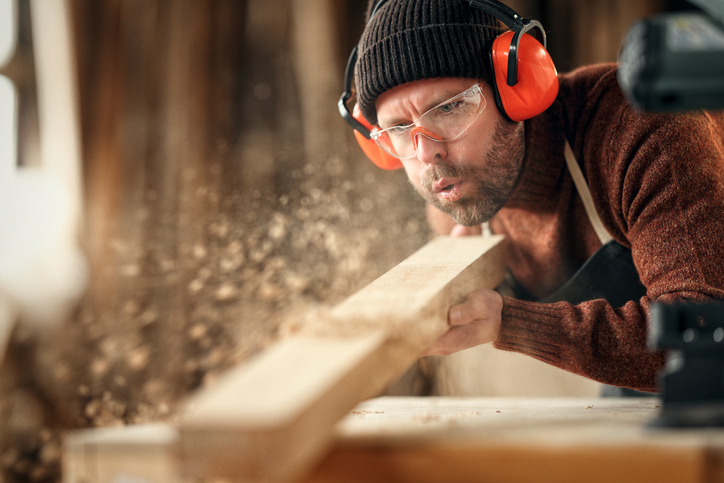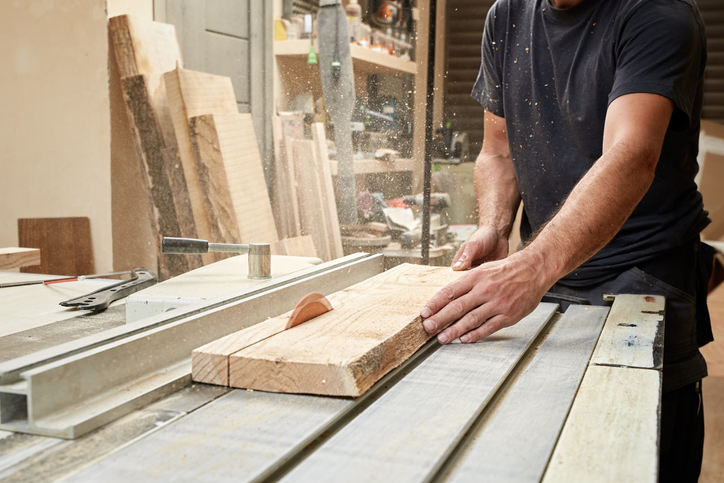
Are you a detail-oriented person looking to turn their affinity for “handy” tasks into a profession? As a cabinetmaker, you’ll be crafting furniture, art and more from wood, using your knowledge of woodworking and modern tools to produce high-quality creations. Your passion for innovation will help you to turn a vision into a step-by-step project, applying your skills to carry your work from conception to completion.
With training at North American Trade Schools, you’ll gain the practical experience necessary to pursue a career in this field, equipped with industry-relevant skills and techniques. You may decide to work in a team for a construction company, furniture manufacturer or contractor, or take on projects at your discretion as a self-employed cabinetmaker.
Whatever path you choose, your day-to-day work will be both engaging and hands-on. Below, make a more informed decision about your career by discovering what a day on the job could look like as a professional cabinetmaker.
Daily Responsibilities of a Professional With Cabinet Making Training
After cabinet making school, you’ll have a few key responsibilities to attend to on any given day. As a cabinetmaker, you’ll be working on various projects at a time. In order to complete each project, your duties might include:
- Studying blueprints and plans for upcoming projects
- Measuring dimensions of different wooden components for assembly
- Using woodworking machines to shape components
- Assembling, trimming, fastening and reinforcing various parts
- Sanding, polishing or staining finished designs
- Repairing various types of wooden furniture
While these are just some of the duties you may be responsible for, you can expect to perform any of these on a given day on the job.

Weekly and Monthly Duties
While there are a number of responsibilities you’re likely to complete on a daily basis, after cabinet making training, there will also be a few tasks which you’ll complete on more specialized occasions.
For one, you’ll hold consultations with clients and potential customers, listening to their requests, specifications and goals, and drawing up potential projects based on their parameters. After these sessions, you’ll likely draw up work estimates for clients to give them an idea of what the project entails.
You may also need to conduct routine maintenance on the machinery and equipment you use, cleaning and inspecting your tools for signs of damage or wear and tear. If you use machinery that’s programmed by a computer, you’ll also need to reprogram this machinery regularly.

Work Conditions
As a cabinetmaker, your working conditions and environment will depend on the nature of your employment. If you work for a construction company or furniture manufacturing company, it’s likely that you’ll be working in teams, using a variety of woodworking machinery. If you’re self-employed, you may work out of your own home or garage, travelling to clients’ houses to get a better idea of their specifications.
As you complete your training and apprenticeship, gaining experience in the industry, you’ll have a better idea of the kind of organization you’d like to work at, or even the type of cabinetry you’d like to specialize in.
Ready to enrol in cabinet making courses?
Start training today with a program at the North American Trade Schools!



